June 16, 2025 | 23:18 GMT +7
June 16, 2025 | 23:18 GMT +7
Hotline: 0913.378.918
June 16, 2025 | 23:18 GMT +7
Hotline: 0913.378.918
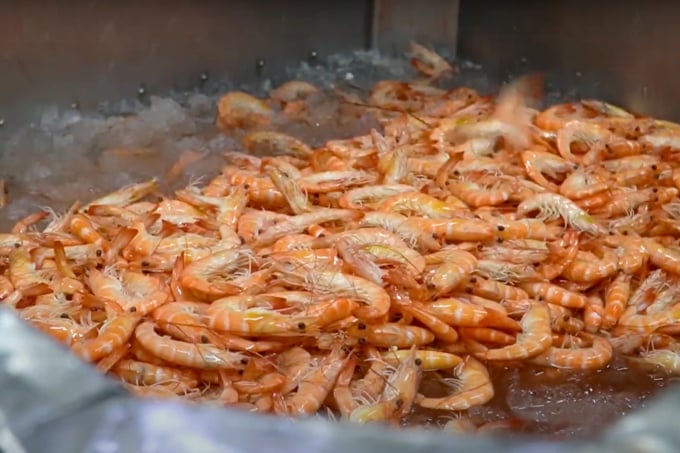
Processed shrimp of Vietnam for export. Photo: Thanh Son.
Many kinds of agricultural products, aquatic products and processed foods of Vietnam are penetrating more and more strongly into the Japanese market due to the great demand from this market and the changes in consumption trends due to high inflation.
Japan is a market with great import and consumption demand for agricultural products and processed foods, of which are products processed from fish, shrimp, eel, meat, soybeans, cereal products, fresh and processed vegetables, coffee, ect, Mr. Le Hoang Tai, Deputy Director of the Department of Trade Promotion (Ministry of Industry and Trade) says.
Vietnam is considered as a country with strengths in processing the above-mentioned products and has good supply capacity for the Japanese market.
Up to now, Vietnam and Japan are both members of four bilateral and multilateral free trade agreements (FTAs): The Agreement between Vietnam and Japan for an Economic Partnership (VJEPA), the Regional Comprehensive Economic Partnership (RCEP), the ASEAN-Japan Free Trade Agreement (AJCEP) and the Comprehensive and Progressive Agreement for Trans-Pacific Partnership (CPTPP).
Therefore, there are many opportunities and favorable conditions to expand trade cooperation between the two countries in many fields, including processed food.
In Japan, the number of people from Asian countries currently living and working is up to 10 million people, and the number of Vietnamese people has increased rapidly in recent years, with statistics is nearly 500,000 people in 2021.
Agricultural products, aquatic products, and processed foods imported from Vietnam are becoming more and more widely known, accepted by the Japanese, the Vietnamese community and people in other Asian countries, and have a high volume of consumption in the Japanese market.
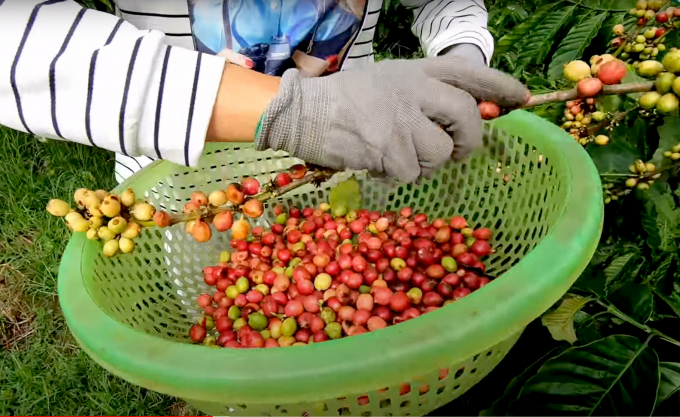
Vietnamese coffee is increasing strongly in export to Japan. Photo: Thanh Son.
These are the premise that Vietnam's agricultural products, aquatic products and processed foods have a lot of potential to be exported to Japan in the near future.
According to official statistics, the export turnover of Vietnam's agricultural and aquatic products to Japan reached US$ 1.8 billion in 2021. In which, many kinds of goods had very good growth, such as coffee up 25.5%, vegetables and fruits up 20%, cashew nuts up 39%, pepper up 56%, etc.
Some Vietnamese fruits also occupy a large market share and are increasingly popular in the market, such as dragon fruit, mango, coconut, litchi, etc.
Up to now, a number of Vietnamese products have successfully penetrated into the distribution chain in Japan, including coconut water, coconut milk... which have been imported and distributed by KOME Company to the chain of Vietnamese shops in Tokyo and neighboring provinces; or Vietnamese coffee products that have been imported and sold at the OK supermarket chain - a very popular supermarket chain in Tokyo.
In addition, Vietnamese agricultural, aquatic and food products are increasingly popular with a variety of categories on the shelves of major supermarket chains in Japan such as AEON, Donkihote, Itoyokado.
Mr. Ta Duc Minh, Commercial Counselor of Vietnam in Japan, says that the household size in Japan is lowering. Busy work makes Japanese people prefer convenience food products (easy to cook or processed, packaged in small bags, sold at supermarkets and convenience stores).
The depreciation of the Yen against the US$ in the first half of 2020 has created some changes in the consumption patterns of Japanese households.
The weak yen causes the cost of importing input materials to increase, along with the high world oil price, which has greatly increased logistics costs, pushed up production costs as well as selling prices of essential products in Japan increasing day by day.
High inflation, while nominal incomes are flat, is putting a strain on Japanese household spending. In the long time, with declining purchasing power, Japanese consumers may be inclined to choose to buy cheaper products among imported products, but with similar quality and uses.
Therefore, Mr. Minh says that if Vietnamese agricultural, seafood and food products are of equal quality but cheaper, they can be substituted for goods from other countries or domestic products of Japan.
According to Mr. Ta Duc Minh, in the first 5 months of 2022, the export turnover of agricultural and aquatic products to Japan reached US$ 875 million, up 18%. Key products are seafood with turnover of US$ 639 million, up 15.5%; coffee with turnover of US$ 132 million, up 41.3%; vegetables and fruits with turnover of US$ 68 million, up 8.5%; cashew nuts with turnover of US$ 20.7 million, up 0.4%; pepper with turnover of US$ 7.4 million, up 107%, etc.
Translated by Duc Thuan
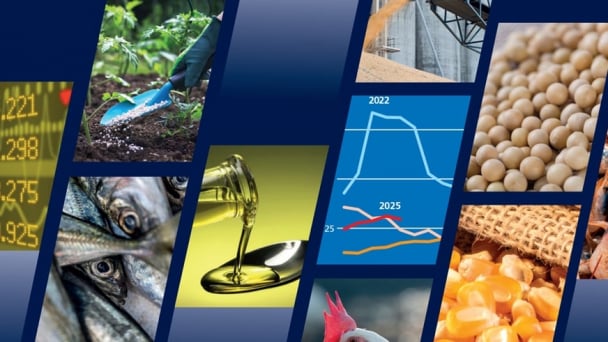
(VAN) Noting risks, report examines impacts of avian influenza, changing trade patterns since 2022, fish fraud, and shipping industry’s net-zero goals.

(VAN) Mr. Tran Quang Bao, General Director of the Forestry and Forest Protection Department, met and worked with the International Wood Products Association to promote cooperation in the field of timber trade.

(VAN) China's outbound shipments of rare earths in May jumped 23% on the month to their highest in a year, though Beijing's export curbs on some of the critical minerals halted some overseas sales.
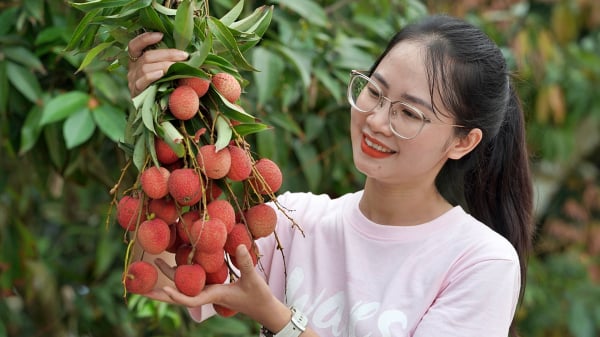
(VAN) To sustain capital flow, administrative reform alone is not enough; what farmers truly need is an ecosystem where both government and businesses grow together in support.
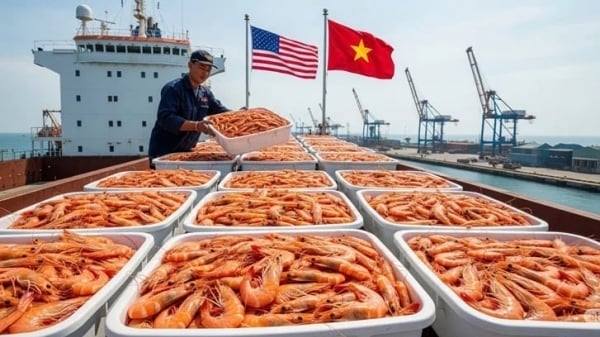
(VAN) Vietnam and the United States are proactively working together, each in their own way, to ensure that every container of agricultural goods carries not just products, but also long-term trust and value.

(VAN) Stores have started selling rice from the government’s stockpile to feed demand for the staple.
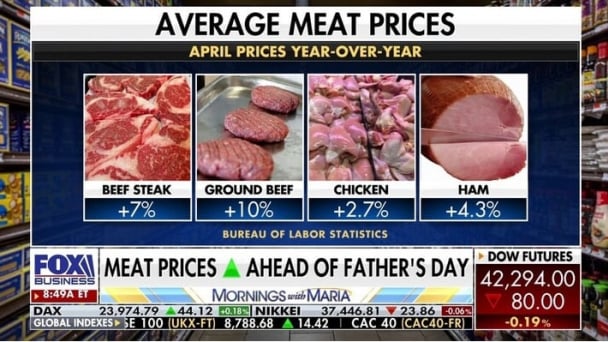
(VAN) Omaha Steaks CEO says rebuilding cattle herds will take about a year to ease price pressures.